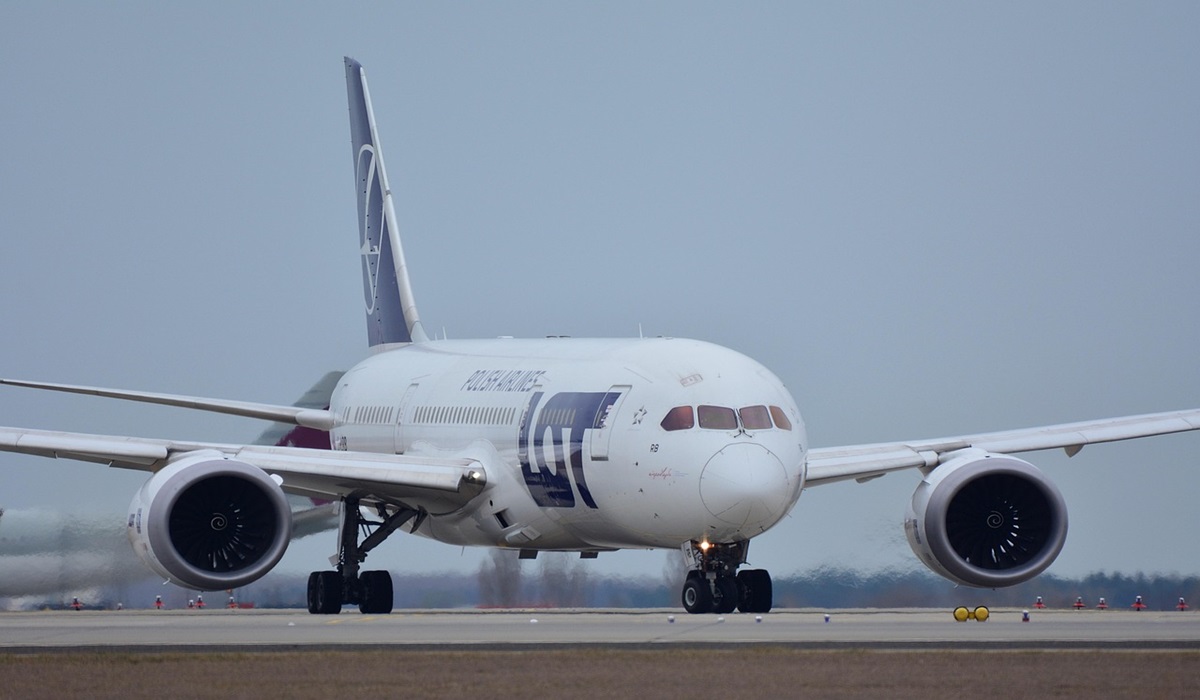From Tragedy to Turbulence: India Grounds Dreamliners, Boeing Stock Nosedives 10%
- TDS News
- Business
- Trending News
- June 12, 2025

By Donovan R. Martin Sr. – Editor in Chief
Image Credit, István
A devastating air disaster in India involving a Boeing Dreamliner has sent Boeing stock plummeting nearly 10%, reigniting longstanding concerns about the company’s reliability, safety culture, and position in a rapidly shifting global aviation market.
The crash occurred just five minutes after takeoff from Ahmedabad. The flight, bound for London’s Gatwick Airport, carried 169 Indian nationals, 53 British citizens, seven from Portugal, and one Canadian. Tragically, all but one person on board have been confirmed dead. The lone survivor is currently in critical condition.
While the cause of the crash remains unknown, Indian aviation authorities wasted no time grounding the country’s entire fleet of Boeing Dreamliners pending a full investigation. It’s a stunning blow not just for India’s national carrier but for Boeing, whose long-hailed Dreamliner series had previously maintained a relatively strong safety record — until now.
This crash couldn’t have come at a worse time for Boeing, a company still struggling to rebuild trust after a harrowing decade marred by controversy, design flaws, and deadly crashes. The twin disasters of the 737 MAX in 2018 and 2019, which killed 346 people in total, led to a global grounding of the MAX series for nearly two years. A long list of production issues, quality control lapses, and whistleblower reports have plagued the company ever since. The Dreamliner, or 787, was considered a bright spot amidst the chaos — a fuel-efficient, high-tech wide-body aircraft that was supposed to help Boeing pivot to long-haul dominance.
But this incident is different. It’s not just another failure — it’s a reputational hit in a moment of strategic vulnerability. Boeing’s rival Airbus, headquartered in Europe, has been eating into its market share for years. Now, a third player has entered the global jetliner race with real momentum: China’s Comac.
Comac’s C919 jet, a narrow-body aircraft aimed at competing directly with Boeing’s 737 and Airbus’s A320, has quietly begun reshaping the conversation about who controls the skies. With aggressive state backing, engineering discipline, and an eye on global partnerships, Comac has already secured contracts in the Middle East, Latin America, and is making inroads in Africa and parts of Europe. What was once dismissed as a Chinese vanity project is now being taken very seriously by aviation insiders.
And here’s the thing: China knows how to build. Whether it’s infrastructure, telecommunications, or high-speed rail, they’ve mastered precision engineering at scale. Their emerging aviation technology is no exception. While Boeing struggles with safety probes and credibility issues, Comac is gaining traction by projecting competence, control, and consistency — values the aviation world desperately craves right now.
For nations sitting on the fence about whether to buy American, European, or Chinese aircraft, this disaster is going to push some off that fence and directly into Comac’s open arms. Safety is non-negotiable in aviation, and the perception that Boeing may not have its house in order could lead to billions in lost sales over the coming years.
The broader implications are enormous. This isn’t just about one crash. It’s about the global realignment of the aerospace industry. Boeing’s dominance was never guaranteed, and with each safety lapse, it risks being overtaken not only by Airbus but now by an ascendant China.
Right now, Boeing needs answers — fast. Regulators, customers, and governments around the world will be watching closely for signs of systemic failure. Was this a freak accident or the symptom of deeper flaws? Until that question is resolved, the Dreamliner fleet — once considered a marvel of modern aviation — now sits under a cloud of doubt.
One thing is certain: Boeing is running out of second chances. The world is watching, and the sky no longer belongs to just two players. The crash in India is a tragedy. But for Boeing, it may also be the turning point that forces the industry — and the world — to ask: is it time to look elsewhere for the future of flight?








